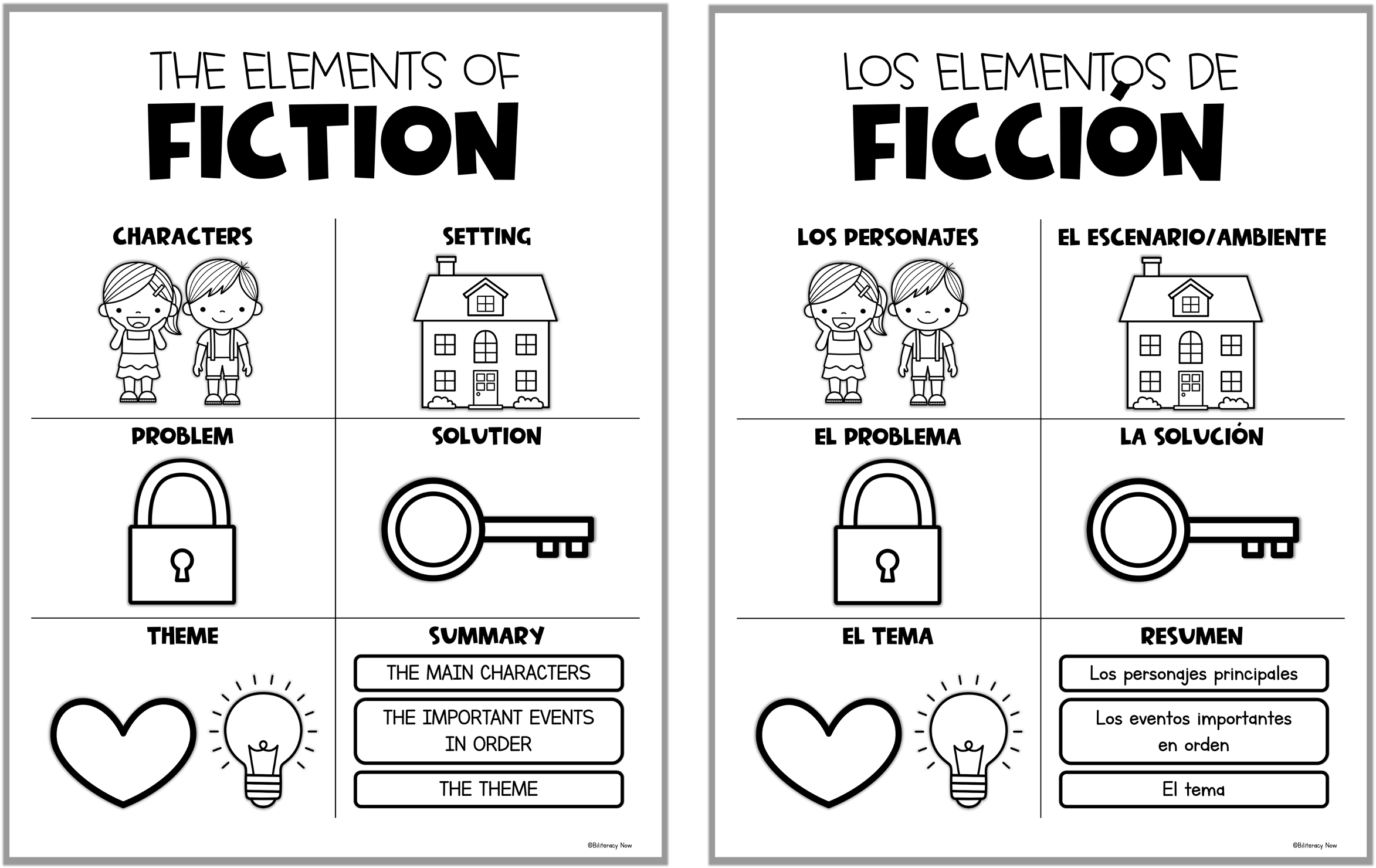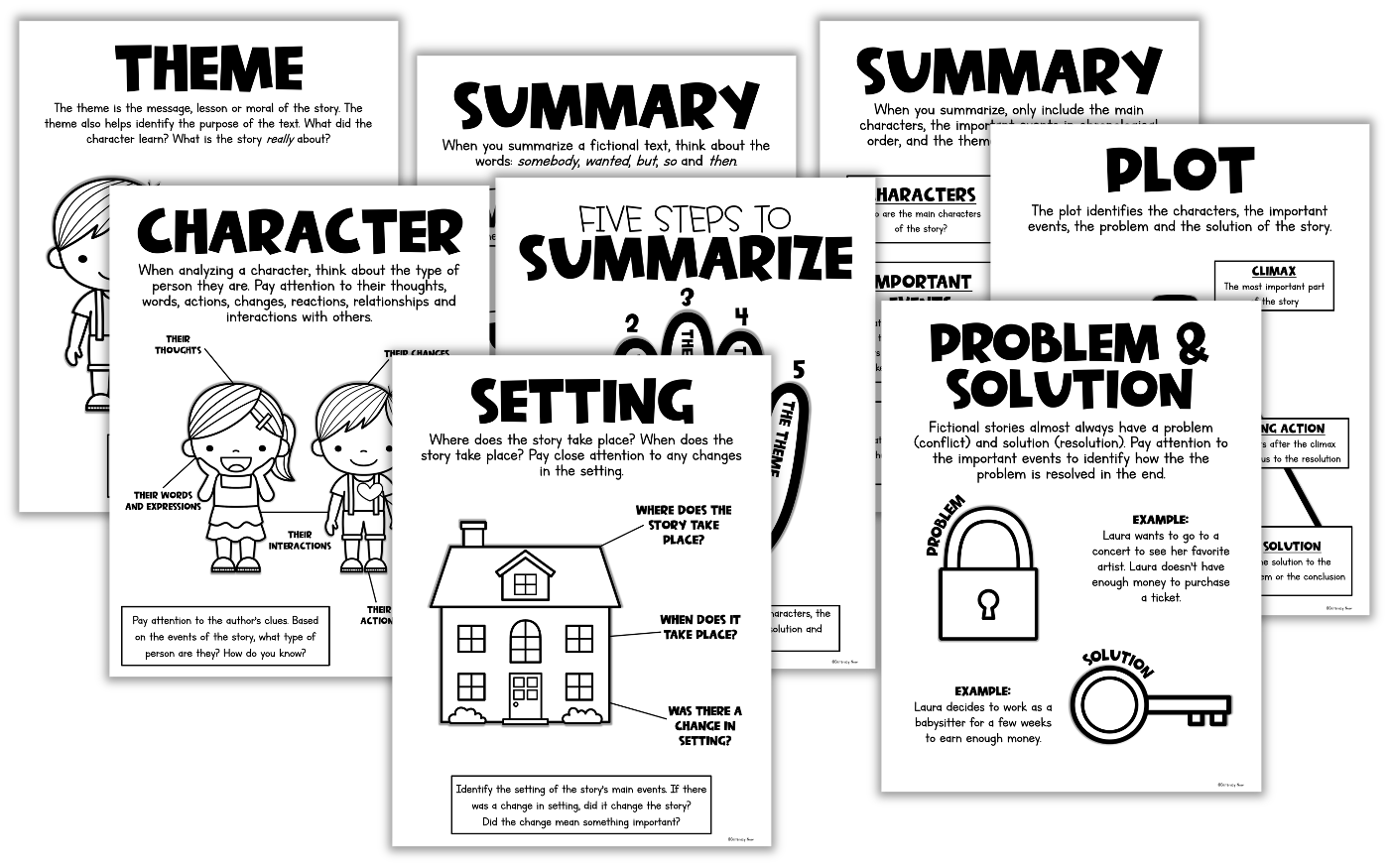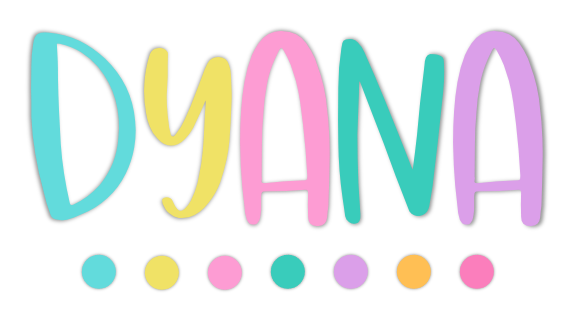How do you teach your students to become proactive readers? A few years ago I started focusing on teaching my students how to read a text based on its genre, and it has made such a difference!
Wait. By genre? What does this mean? It means my students know exactly what elements (things) to look for when they pick up a text and identify its genre. Let me give you an example.
Here’s an anchor chart that displays the important elements of fiction. Those elements are: characters, setting, problem, solution, theme, and summary.

Typically when students read a fictional story, they are expected to answer questions regarding these elements. How does the character feel? Where does the story take place? What’s the problem in the story? How did the story end? Did the character learn a lesson (theme) at the end?
One day when I was planning a small group lesson on the elements of fiction, a light bulb went off in my head. This approach can be done with every genre! I realized that if I wanted my students to learn and master all the reading skills, then I needed to make sure they understood every genre and its elements, too.
Here’s an example of all the anchor charts I use when teaching fiction.
 HOW DID I START?
HOW DID I START?
I started by reteaching my students all the genres, such as fiction, nonfiction (informational), biography, poetry, and drama. Sometimes we assume fourth grade students know the difference between a biography and a drama, but that’s not always the case. Don’t assume, just teach!
I planned several small group lessons where I taught all the elements of fiction because I wanted them to become extremely familiar with it. Then, I started elaborating on each element. For example, I did a few small group lessons on analyzing characters and then a few on problem/solution. I wanted my students to truly understand the importance of every, single element before moving on.
Similar to the picture you see above of all the anchor charts I used to teach fiction, I did the same thing for the other genres. Suddenly, every genre I was teaching included 6-8 anchor charts. This was a game changer for my students! Naturally, it wasn’t something we accomplished overnight. This took time and effort, but it worked. It really worked.
Full disclosure. My district breaks up our planning guides by genre, and we typically spend 4-6 weeks on a genre before moving on to the next one. This gave me plenty of time to schedule, plan, and execute my small group lessons.
You’re probably wondering what about the other skills that aren’t genre-specific? Things like inferencing and context clues are also taught throughout the school year – based on our planning guides. For example, sometimes I’ll teach an inferencing lesson using a biography and later reteach it using a poem.
If you’re interested in organizing your small group lessons the way I’ve detailed in this blog post, check out my Bilingual Small Group Binder Kit! This resource breaks it all down for you. It includes anchor charts, teacher guides, reading response stems, questions for students, and documentation logs.
Happy teaching!
